What Makes a Piece of Custom Furniture Solid

There are literally countless ways to put a piece of furniture together. The specific methods that a builder uses to turn a pile of wood into a piece of useable furniture is called joinery.
Some types of joinery are time consuming, ornate, and just as much a part of the aesthetic as it is the structure. While others are more utilitarian, and the primary purpose is speed. Unfortunately, there are also methods that we see being used that are just plain wrong.
Quality joinery is central to skilled craftsmanship. This cannot be overlooked when considering a piece of custom furniture. Without it, furniture will certainly not stand the test of time.
The role of glue in furniture construction
As joinery is the bedrock of quality furniture, so glue is the foundation of joinery. The way wood responds to the appropriate type and application of glue is truly amazing. (Yes we know it is nerdy to think that).
The two wood surfaces that are being joined by the adhesive, form a chemical bond as the molecules attach to one another during the drying process. In other words, the two pieces of wood are chemically "melting" together. When done properly, stress tests reveal that the joint becomes stronger than the actual wood. The picture below shows how the wood actually breaks BEFORE the glued joint line comes apart.
In order to obtain this type of joint strength, the craftsman needs to be very meticulous in machining or "milling" the mating wood surfaces. This maximizes the contact between each glued surface and is critical for that type of strength.
Wouldn't it be stronger to screw furniture together rather than gluing it?
The short answer is no. Screws definitely have their place in custom furniture, but where possible, glue is preferred. One of the long term problems of relying on screws alone as a fastener is the expansion and contraction of wood. As seasons and or humidity changes, so does wood.
This is why mass produced furniture becomes wobbly over time. Screws loosen with the expansion and contraction of wood fibers, and eventually, they can no longer be tightened.
Whenever we come across situations that necessitate using a screw as a fastener, there is a proper (and time consuming) way to insert it into the wood. It involves slotting holes, and using a couple different sized drill bits for proper pre drilling. This allows the screw to move with seasonal changes in the wood without loosening.
Wood never stops moving...
This is something that surprises a lot of people, including amature builders. Each species of wood moves at a different rate. When planning out the type of joinery used in furniture, knowledge of this topic is critical.
Wood expands most across its width. To a lesser extent, the thickness will change throughout the year, and to even lesser extent, it changes slightly in length. Consideration of this is necessary to avoid big consequences when arranging the grain of two mating surfaces. A piece of furniture that looks fantastic coming out of someone’s shop might be wobbly, or worse, cracked, if the builder did not have a sufficient knowledge of how wood moves.
So how do we solve for these types of challenges? In addition to having a quality design that accommodates wood movement, appropriate machining and gluing practices to create a "melted" joint, we use time tested mechanical joints as the third pillar of strength. There are so many different kinds of mechanical joints but we have a few favorites that we will share and explain their purpose.
The Mortise and Tenon
No furniture discussion on joinery would be complete without mentioning this. As you can see there is a male and female section of this joint. Glue is applied to both surfaces and then the two are clamped together. This more than doubles the contact points of the mating pieces of wood, while producing a long grain to long grain connection. This is much stronger than an end grain to long grain connection that would happened if a mortise and tenon joint was not applied in this particular scenario. These joints are time consuming since they are largely done with hand tools. This is worth while when a joint will be taking on a lot of stress like the stretcher in our Atlas Table. Chairs are also good candidates for this type of joinery as they receive a lot of stress in daily use.
Floating Mortise and Tenon
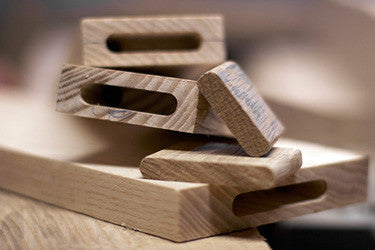
This is a variation of the Mortise and Tenon. The difference between this joint and the joint mentioned above is that a hole is bored into each piece of wood being joined and then a "floating" tenon is glued between each. It is also extremely strong. We typically will use this joint to reinforce aesthetically pleasing joints such as the Miter joint.
The Miter or "Waterfall" edge Joint
In this article we talked all about the reasons why we love this joint for the carcases of our furniture. The main reason is that it allows us to continue the flow of wood grain from one surface to another. This can be a tricky joint to do well as your tools need to be very precise and finely tuned to cut perfect mitered bevels as shown above. If they are not, glue joints easily fail under stress or even just from seasonal wood movement.
Dovetail splines or keys
Many people think that the purpose of these are simply decoration, but these actually serve a purpose (but we do LOVE the way they look). We place these across the spine of a miter joint because their shape actually mechanically locks the mating mitered surfaces together. This definitely adds additional labor to our build, but the additional security and flare they add makes this step worth it.
Wedged Dowel
Dowels can be effective for joinery if done properly. Unfortunately, they also can be prone to loosening after seasonal expansion and contraction of wood. One way to avoid that is to cut a slot in the dowel and then drive a wedge into the dowel. That wedge will prevent the dowel from moving out of the hole even if there was not glue on the mating surfaces. This helps insulate this type of joint from Seasonal wood movement weakness. There are limited applications for this type of doweling, but when done properly, it can also be a beautiful aesthetic addition to a piece of custom furniture.
Let our expertise work for you
There are many other joinery methods that we use, but those are some of our favorites. Each one serves a specific purpose and contributes to the longevity of our furniture. You of course do not need to be experts. That is our job. We would love an opportunity to put these methods to work on a piece of furniture for you. Whether it be one from one of our collections, a modified version, or a complete custom piece of furniture, we are excited to start the conversation! Thank you for considering Open Door Furniture for your home.
Leave a comment
Comments will be approved before showing up.
Also in The Open Door Blog
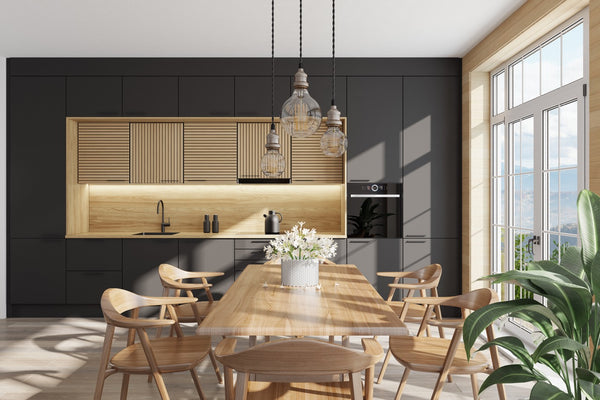
17 Foundational principals in Kitchen design
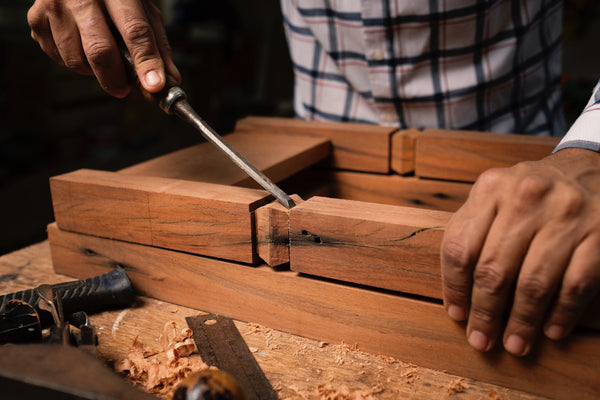
23 Things I Wish I Would Have Known as an Amateur Woodworker
Woodworking is a rewarding hobby, but it is not without its difficulties. We at Open Door Furniture have compiled a list of 23 things you need to know if you're just beginning your journey in woodworking. We hope that you can learn from some of our (and many others) early mistakes and flourish in your own ambitions as woodworkers.
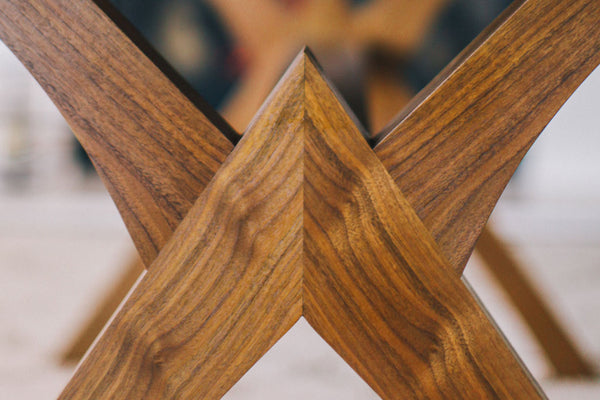

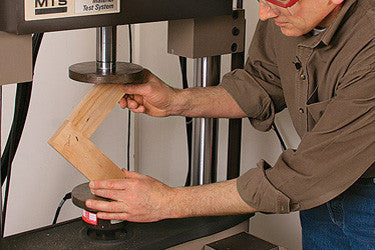
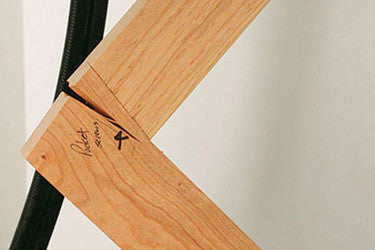
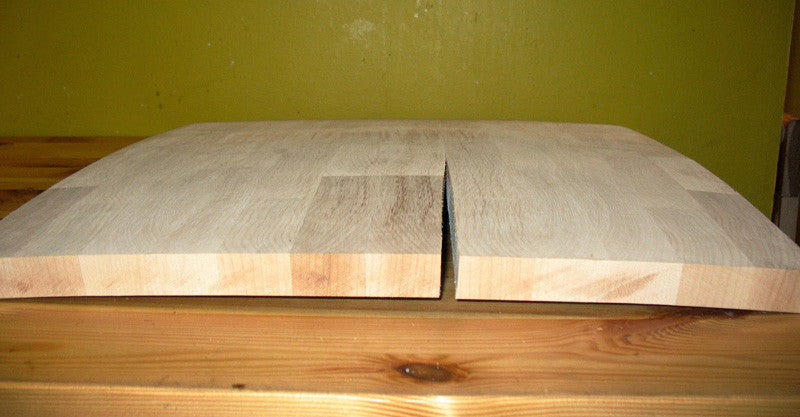
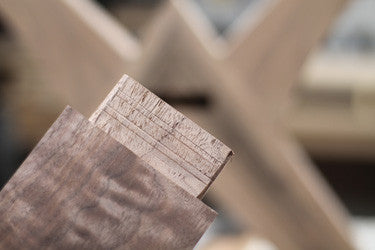
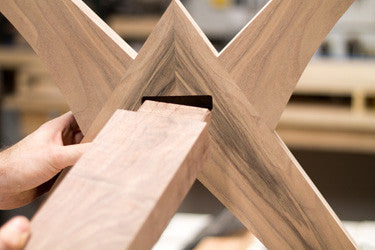


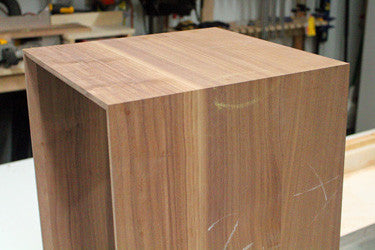
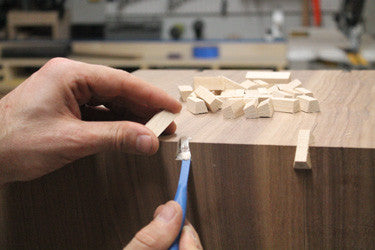
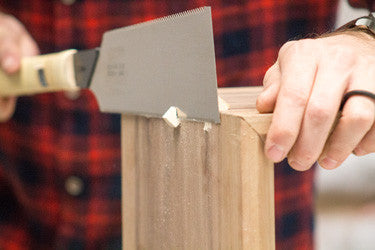
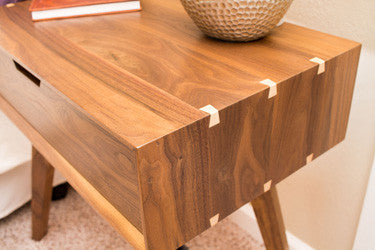







Andrew DePalma
Author
Andrew is the Owner of Open Door Furniture. He is passionate about building pieces of furniture that people love to see every day and can be enjoyed for generations.